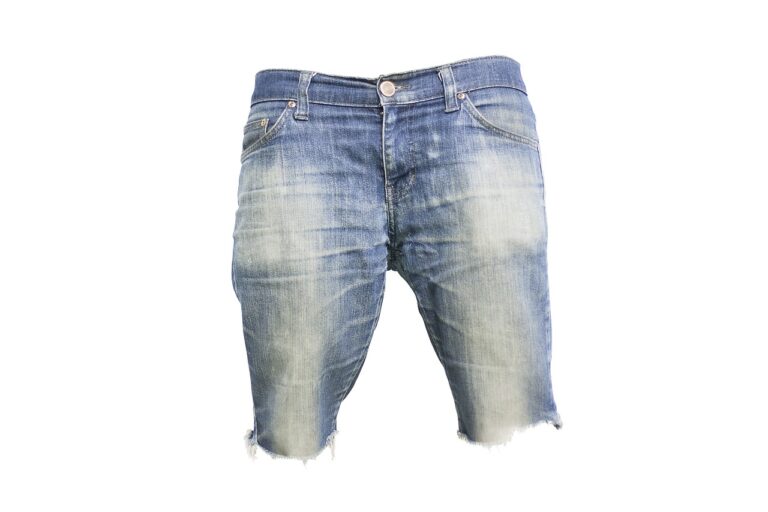Fashion and Technology: Advancements in Smart Textiles for Health Monitoring
Smart textiles are innovative fabrics designed with embedded technology to enhance their functionality. These textiles are integrated with sensors, actuators, and communication capabilities that enable them to interact with the environment or the wearer. By combining traditional textile materials with cutting-edge technologies, smart textiles pave the way for a new era of interactive and responsive clothing and accessories.
The working principle of smart textiles revolves around the integration of electronic components into the fabric structure. These components are strategically placed to monitor various parameters such as body temperature, heart rate, movements, or environmental conditions. Through data collection and analysis, smart textiles can provide valuable insights for health monitoring, performance optimization, or personalized comfort. The seamless integration of technology into textiles opens up a world of possibilities for creating intelligent and adaptive clothing solutions.
History of Smart Textiles: From concept to reality
Smart textiles have a fascinating evolution that traces back to the early 20th century. The concept of integrating technology into textiles was ignited by visionaries seeking innovative ways to enhance clothing beyond mere functionality. Over time, advancements in materials, electronics, and manufacturing processes paved the way for the development of smart textiles, bringing this imaginative concept closer to reality.
Throughout the years, research and experimentation led to breakthroughs in incorporating sensors, actuators, and other electronic components into fabrics. The ongoing collaboration between textile engineers, electronics experts, and material scientists played a pivotal role in bridging the gap between the concept of smart textiles and its actual application in various industries. As the convergence of technology and textiles continued to progress, the once far-fetched idea of clothing that could monitor health, regulate temperature, or even generate energy became a tangible possibility.
Applications of Smart Textiles in Health Monitoring
Smart textiles are revolutionizing the way health monitoring is conducted, paving the way for continuous and non-invasive tracking of vital signs. By seamlessly integrating sensors and electronic components into clothing, these textiles can monitor heart rate, body temperature, and even detect abnormal patterns in real-time. This technology holds significant promise in improving patient care by providing healthcare professionals with accurate data for early detection and intervention.
Furthermore, smart textiles in health monitoring can enhance the management of chronic diseases by offering personalized monitoring and feedback. Individuals suffering from conditions like diabetes or hypertension can benefit from clothing embedded with sensors that continuously monitor glucose levels or blood pressure. This proactive approach not only empowers patients to take control of their health but also facilitates timely adjustments to treatment plans based on the data collected.
What are some examples of smart textiles used in health monitoring?
Smart textiles such as ECG monitoring garments, temperature-regulating fabrics, and posture-correcting clothing are commonly used for health monitoring purposes.
How do smart textiles work in health monitoring?
Smart textiles are embedded with sensors and electronic components that can monitor vital signs, movements, and other health-related data. This information is then transmitted to a mobile device or computer for analysis.
Are smart textiles comfortable to wear?
Yes, smart textiles are designed to be comfortable and breathable, ensuring that they can be worn for extended periods without causing any discomfort.
Can smart textiles be washed like regular clothing?
Some smart textiles are washable, but it is important to follow the manufacturer’s instructions to ensure that the electronic components are not damaged during washing.
Do smart textiles have any limitations in health monitoring?
While smart textiles are effective in monitoring a variety of health parameters, they may not be as accurate as medical-grade devices. It is important to use smart textiles as a supplemental tool for health monitoring rather than a replacement for professional medical advice.







